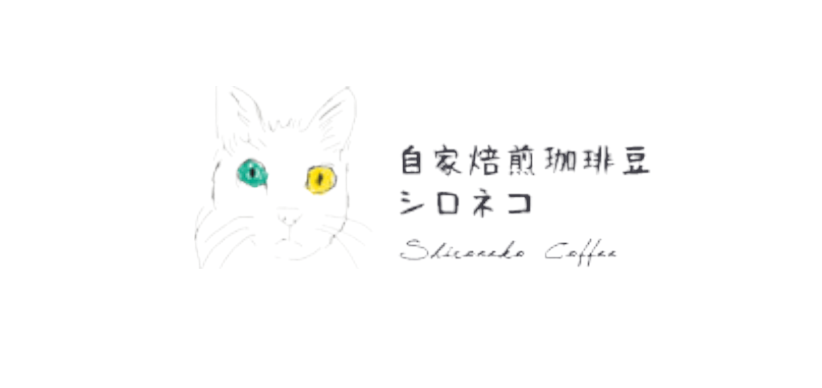Inlaying other metals of different colors on a metal base, and expressing patterns through color changes and protrusions, this is Japan's inlay technique. In Japanese, "象" means "to form", and "切" means "to inlay". The broad sense of inlay craftsmanship includes metal inlay, wood inlay, pottery inlay, etc.
Inlay has been widely used since the ancient world. Among them, metal inlay is said to have originated in Damascus, Syria, and was introduced to Japan via the Silk Road during the Asuka period (592-710 AD). At that time, it was mostly used in the manufacture of weapons or religious objects. For example, the "Seven Star Sword" kept in Shitennoji Temple in Osaka is a representative example. The decorations on the blade and the front end of the handle are considered to be the prototype of inlay craftsmanship. In addition, Nara Shosoin also has a collection of artifacts with sword blades cast using the gold inlay technique. On the palms and feet of the main Buddha statue in Yakushiji Temple in Nara, one can see "wheel treasure patterns" carved with elephants.
Today, in Kyoto, "Nakajima Inlay" cleverly combines the craftsmanship techniques passed down from generation to generation with new techniques that it has independently pioneered, and continues to open up new horizons for inlay craftsmanship.
Nakajima Zokan














































